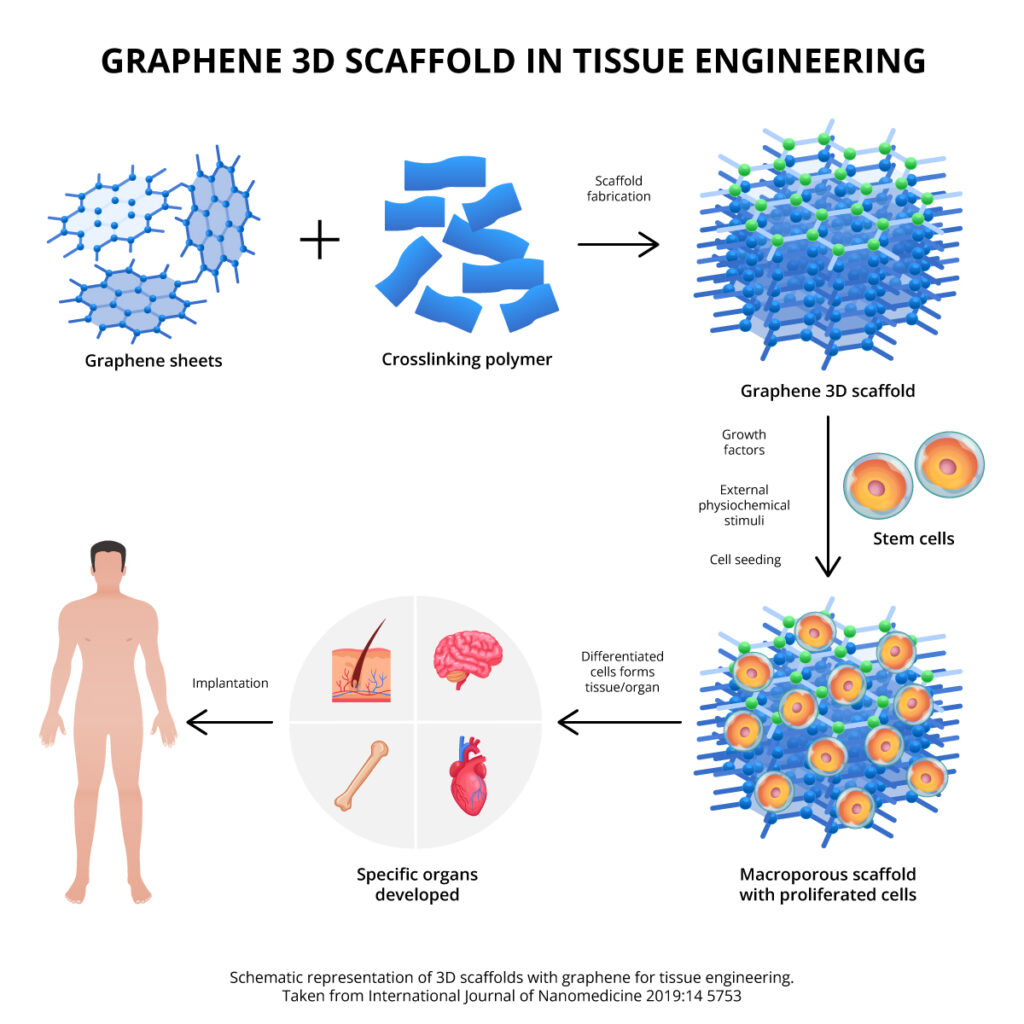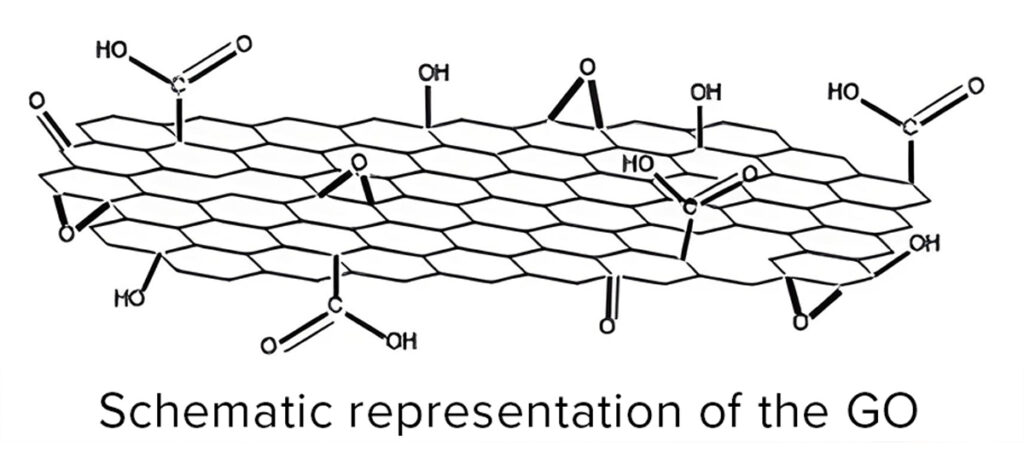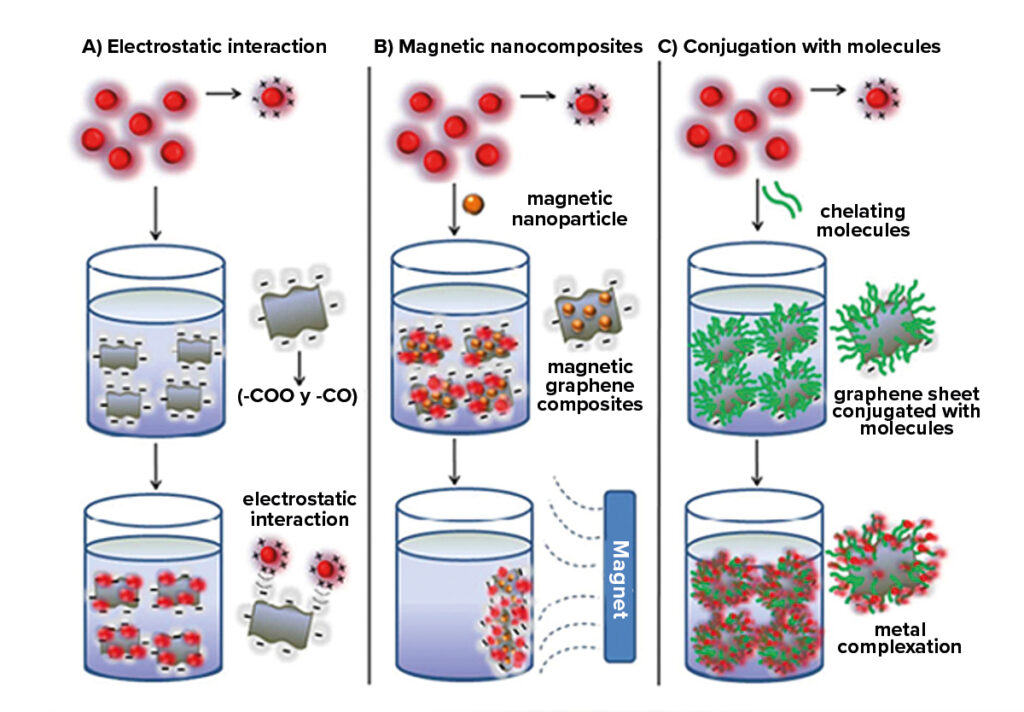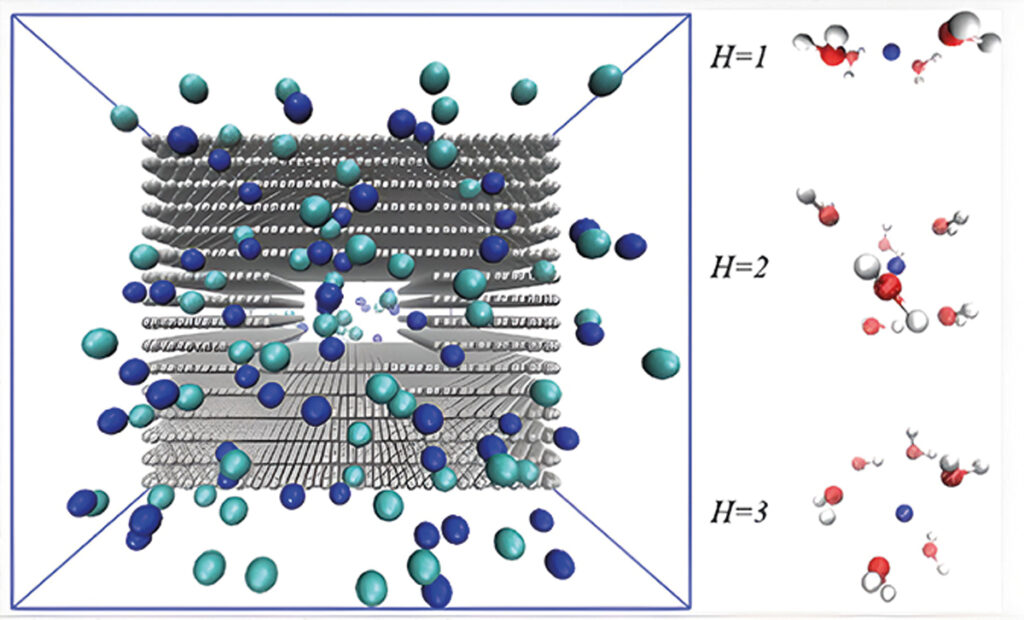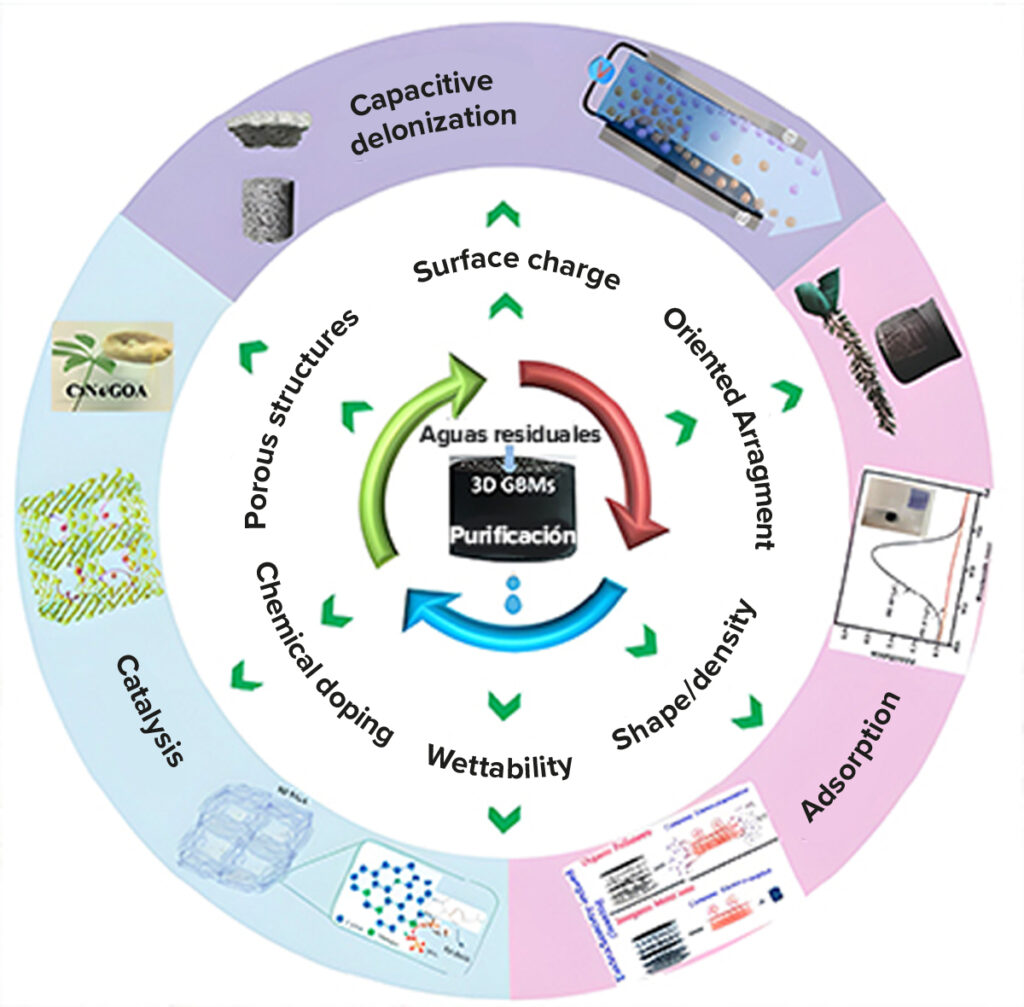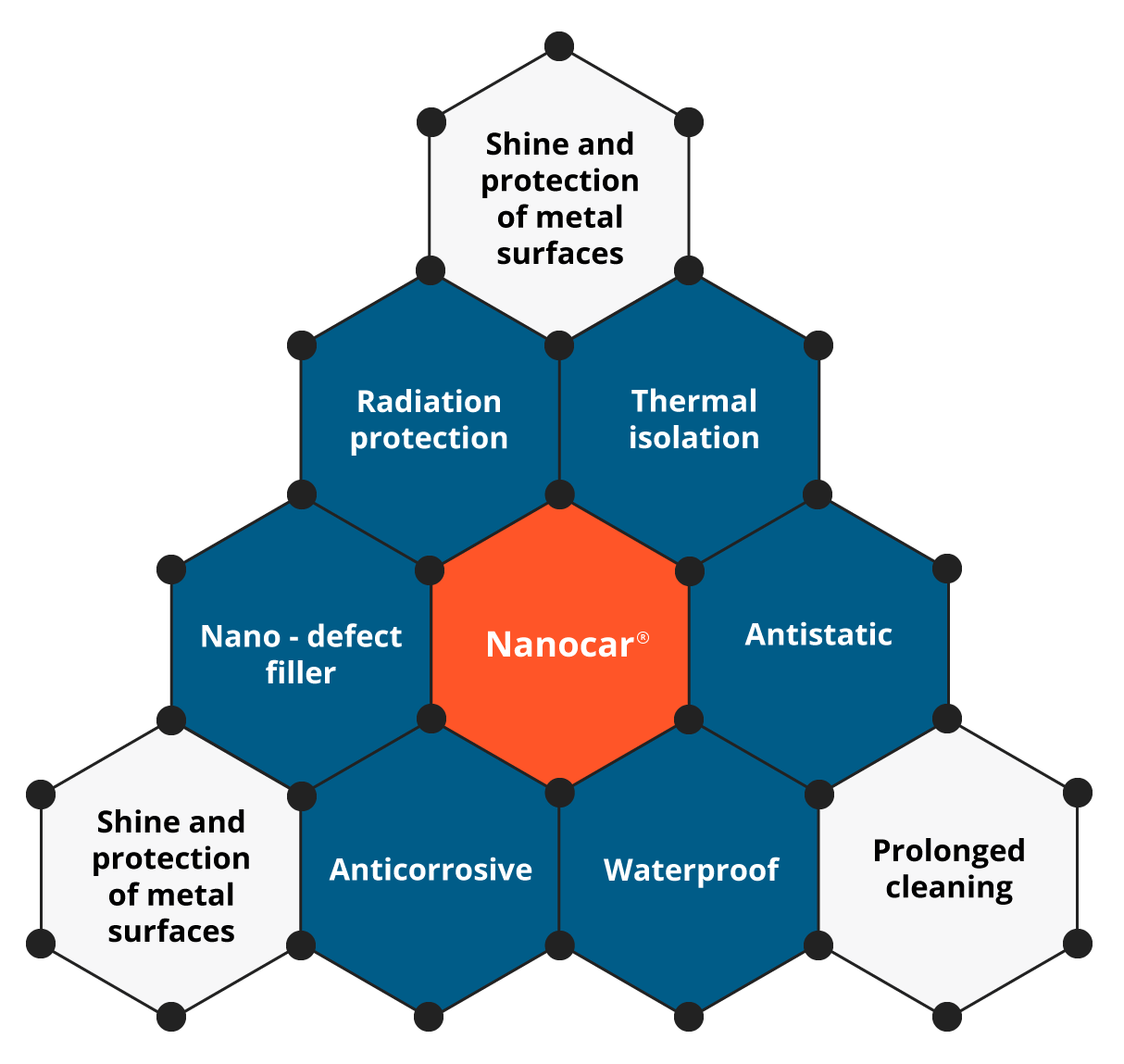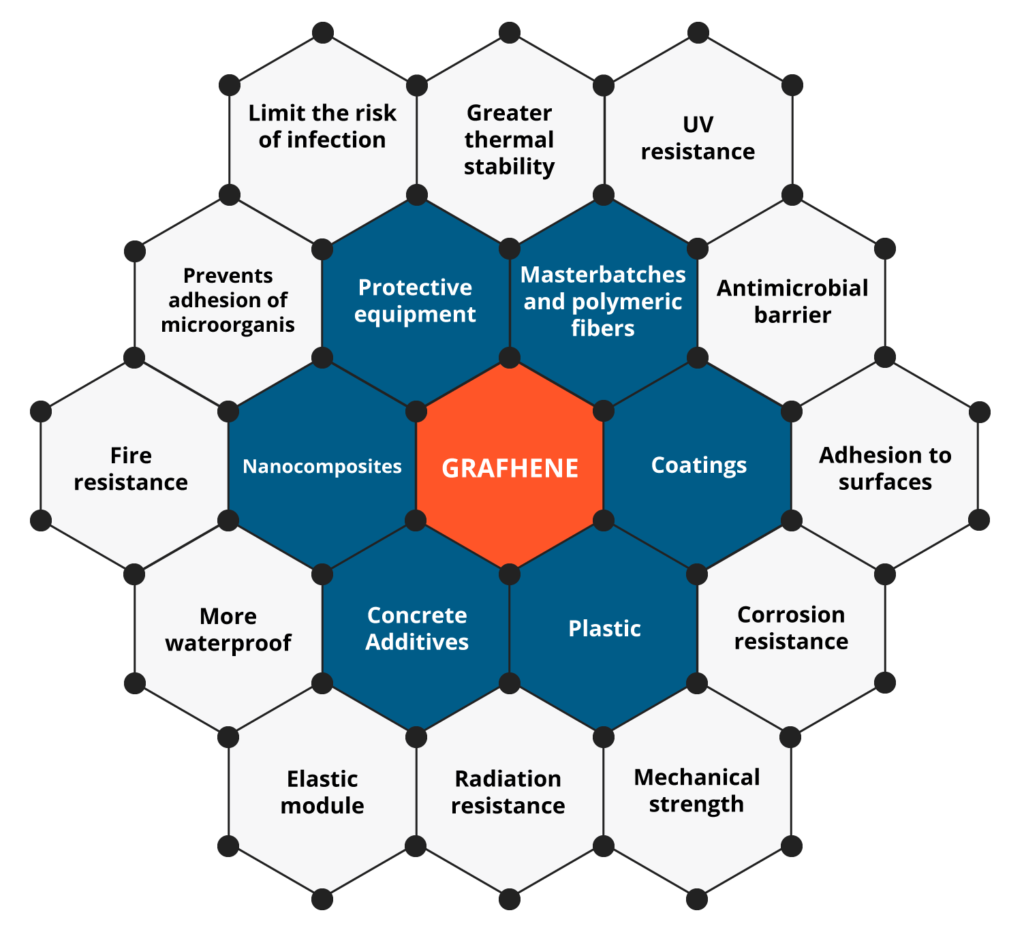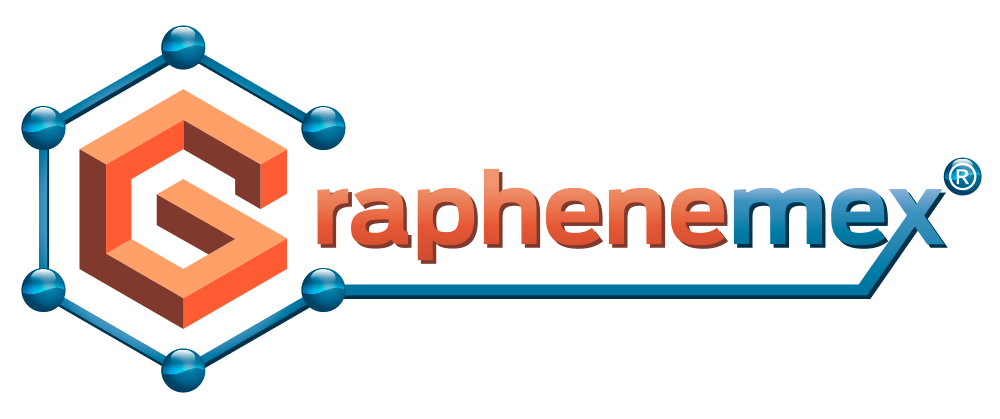Graphene and Tribology:
The Future of Lubricants and Energy Efficiency in the Industry
Tribology is the science that studies friction, wear, and lubrication, both of natural and artificial systems in relative motion. Its study is important since all the mechanical systems in motion that surround us consume large amounts of energy due to friction. This can lead to structural deformation and fatigue, or cause crack initiation and propagation that ultimately leads to the formation of loose wear debris in the mechanisms.
As surfaces wear, they become rougher and highly reactive due to the formation of defects, causing greater energy dissipation, becoming a highly damaging cycle. This is because when one surface slides tangentially over another, there is resistance to movement caused mainly by interference between the roughness, sometimes macroscopic, between two surfaces. This resistance is called friction and occurs in the form of wear, increased temperature, and deformation. Even in the presence of a lubricating film, when the load capacity is large or the sliding time is long, the lubricating film loses thickness breaks, generating heat and friction, causing significant failures in the parts of metallurgical equipment.
“Friction and wear not only affect the operation and maintenance of industrial equipment, but the energy loss caused by these phenomena accounts for 1/3 of the world’s industrial energy consumption, while 80% of failures in pieces result in important economic impacts.”
Extensive research on the tribological properties of graphene and its derivatives has positioned it as an important two-dimensional nano-lubricant element, with anti-friction, anti-wear and anti-corrosive effects due to the following mechanisms:
• Nanometric Protective Layer: Graphene sheets, thanks to their lamellar morphology and surface energy, form a protective film that prevents direct contact between sliding surfaces. This shield minimizes friction and wear, even at micro and nano levels.
• Continuous Sliding: The weak bonds between graphene sheets allow continuous sliding, avoiding contact between moving surfaces. When these bonds are broken, the sheets are redistributed, maintaining the integrity of the protective film.
• Suppression of Degradations: Graphene suppresses abrasive, adhesive and corrosive degradation, reducing friction and preventing wear.
• Energy Dissipation Mechanisms: The stretching and bending of graphene compounds act as efficient energy dissipation mechanisms.
Theoretical studies suggest that, as temperature increases, the friction force decreases due to the accumulation of charge between carbon and hydrogen atoms, generating electrostatic repulsion. These properties have led to friction coefficients from 0.05 to 0.0003, without significant surface wear.

Energeia-Graphenemex®, a pioneer company in Latin America, stands out for its focus on the industrial development of graphene. Its experience in creating affordable, large-scale production methods ensures the availability of graphene materials for various applications, from its own products to strategic collaborations with other companies seeking to incorporate graphene technology into their products.
An important point to consider is that the effectiveness of graphene materials does not only lie in their simple presence within a new material, but that is also, to improve their performance as a lubricant, additional chemical modifications may be required, e.g., with nitrogen, elements. metals and their oxides, polymers, compounds such as molybdenum disulfide, boron nitride, dimanganese tetraoxide, stearic acid, oleic acid, alkylamine, among others that are being studied. At Energeia-Graphenemex® we hope to soon have the first graphene lubricant available in Mexico.
Drafting: EF/DH
References
- Bao Jin. Lubrication properties of graphene under harsh working conditions. Mater. Today Adv. 2023, 18, 100369;
- Liu. Yanfei, Xiangyu Ge, Jinjin Li, Graphene Lubrication, Appl. Mater. Today. 2020, 20, 100662;
- Jianlin Sun and Shaonan Du. Application of graphene derivatives and their nanocomposites in tribology and lubrication: a review. RSC Adv., 2019, 9, 40642;
- Zhiliang Li, Chonghai Xu, Guangchun Xiao, Jingjie Zhang, Zhaoqiang Chen and Mingdong Yi. Lubrication Performance of Graphene as Lubricant Additive in 4-n-pentyl-40 -cyanobiphyl Liquid Crystal (5CB) for Steel/Steel Contacts. Mater. 2018, 11, 2110;
- J. Li, X. Ge, J Luo, Random occurrence of macroscale superlubricity of graphite enabled by tribo-transfer of multilayer graphene nanoflakes, Carbon. 2018, 138, 154;
- T. Arif, G. Colas, T Filleter, Effect of humidity and water intercalation on the tribological behavior of graphene and graphene oxide, ACS Appl. Mater. Inter- faces, 2018, 10,26, 22537;
- Y. Liu, J. Li, X. Chen, J Luo, Fluorinated graphene: A promising macroscale solid lubricant under various environments, ACS Appl. Mater. Interfaces, 2019, 11, 43, 40470;
- O.L. Luévano-Cabrales, M. Alvarez-Vera, H.M. Hdz-García, R. Muñoz-Arroyo, A.I. Mtz-Enriquez, J.L. Acevedo-Dávila, et al., Effect of graphene oxide on wear resistance of polyester resin electrostatically deposited on steel sheets, Wear 2019, 426, 296;
- R.K. Upadhyay, A. Kumar, Effect of humidity on the synergy of friction and wear properties in ternary epoxy-graphene-MoS 2 composites, Carbon, 2019, 146, 717.







